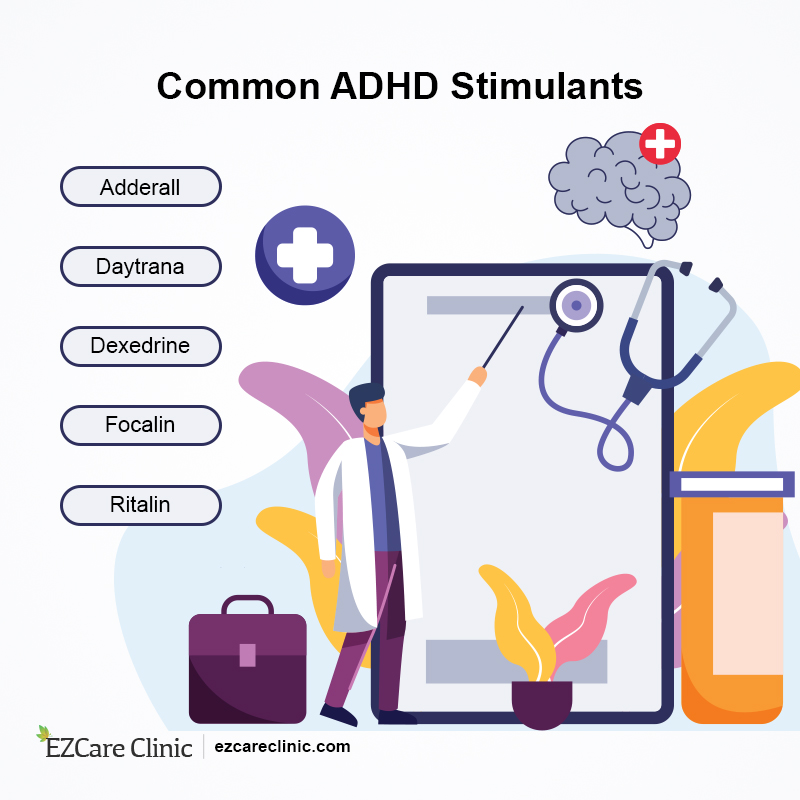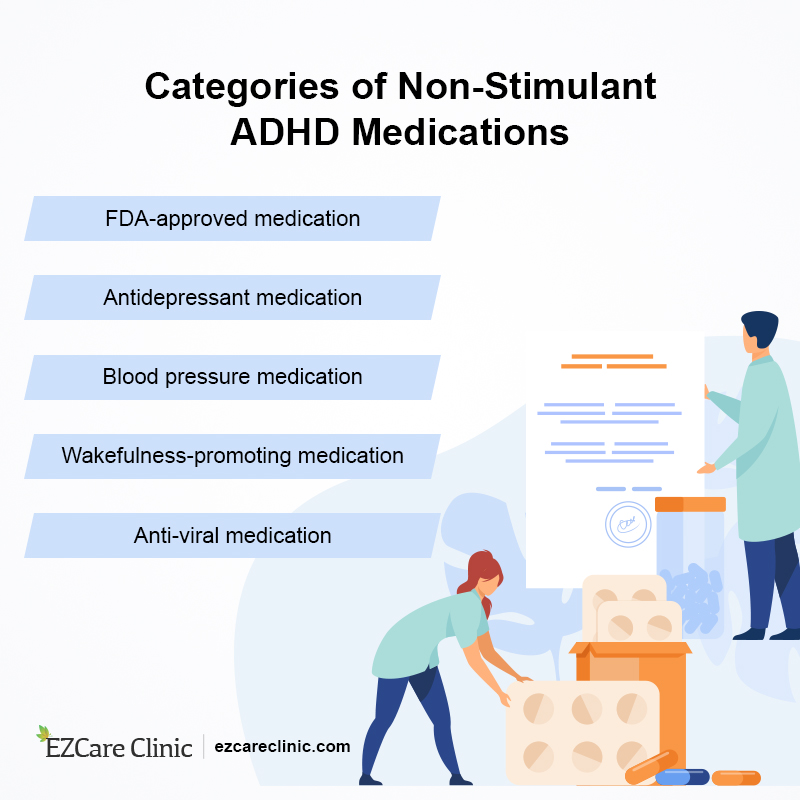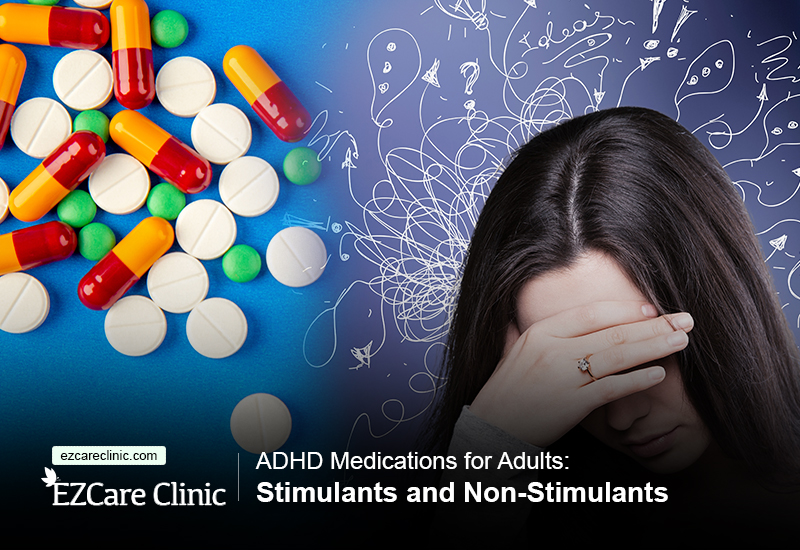Attention Deficit Hyper Activity Disorder (ADHD) was once known as a diagnosis for wiggly children in a classroom. Today, however, it’s almost just as common for doctors to make an ADHD diagnosis in adults. In fact, a 2012 report states that 50 percent more adults were taking ADHD drugs in 2012 as compared to four years previously.
Do you have ADHD? Click the button below to schedule your appointment with an ADHD expert and let him check your symptoms.

 Some of the medications in this stimulant category include:
Some of the medications in this stimulant category include:
Reasons for the Rise in Adult ADHD Diagnosis
Many adults are finally experiencing success after years of not understanding why they could not seem to do certain things or be as successful as those around them. Some of the reasons for adult diagnosis include:-
Parents of ADHD Children
-
Availability of Pre-Assessment Materials Online

Common ADHD Stimulants
-
Lack of Hyperactivity
-
Girls vs. Boys
-
Online Forums
ADHD Prescription Medication
ADHD prescription medications fall into two different categories, stimulant, and non-stimulant. The larger stimulant category of medications works by increasing the amount of dopamine in the brain. Stimulant medication is effective for 70–80 percent of individuals. Non-stimulant medications target norepinephrine in the brain and help with emotional control and the ability to start and finish tasks. This type of medication is typically recommended if there are adverse side effects to stimulant medication, such as an increase in anxiety, weight loss, or trouble sleeping. Some non-stimulant ADHD medications include:- Atomoxetine (Strattera)
- Guanfacine (Intuniv)
- Clonidine (Kapvay)

Non- Stimulant ADHD Medication
- Amphetamine (Adderall)
- Methylphenidate (Ritalin, Concerta)
- Dexmethylphenidate (Focalin)
- Methylphenidate patch (Daytrana)
- Lisdexamfetamine dimesylate (Vyvanse)
- Methylphenidate (Concerta, Daytrana)

